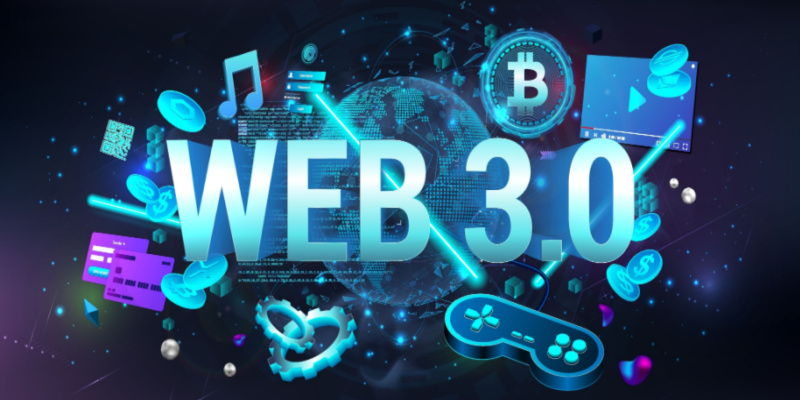Unwrapping the "Complexities" of Web3: An Introduction
 Ameer Mohammedking
Ameer Mohammedking
Humanity is always evolving. That’s how we’ve managed to survive for so long. Our way of life, our anatomy, and even more importantly, our technology is in constant evolution.
One such technology is the Internet which has come a long way since its inception as ARPANET in 1969. Back then, it was limited to the US Defence Department with the aim of connecting research institutions. Today, it's the worldwide platform we know, connecting people and empowering communication across the globe.
If you’re an Internet user, you've likely heard the term Web3. You might not be sure what it is, or you're probably one of those who assume it has to do with cryptocurrency. While crypto plays a role, Web3 is much more than that. Crypto is just one of the multiple pillars that enable the operations of Web3.
So what is Web 3.0?
Web3 is not as complex as it seems. The term is coined from the concept of it being the next evolution of the modern-day internet which is known as Web 2.0. To understand it, I need you to simply think of Web3 as the next chapter in the Internet’s story, where users take control of their data and online experiences due to its decentralized nature. Although it plays similar roles to the internet we know, such as enabling networking, information sharing, entertainment, and even commerce and finance, it does things differently.
Here are some distinctive features that set Web3 apart:
• Groundwork Technology: Instead of relying on centralized servers, Web3's infrastructure is built upon the Blockchain, a secure and transparent technology.
• Decentralization: Unlike the contemporary Internet, Web3 aims to operate without central authorities, offering users more control over their digital activities.
• Smart Contracts: Automated contracts that transparently and securely facilitate transactions between users.
• Direct P2P Interaction: Web3 enables direct peer-to-peer interactions, eliminating the need for middlemen to govern transactions.
• Tokenization: In Web3, digital tokens can represent assets and services, introducing new economic models like cryptocurrency and Decentralized Finance (DeFi).
Overall, these features enable Web3 to offer users greater control over personal data and decrease reliance on centralized corporations for online activities.
Similar to how the traditional Internet has become essential in our daily activities, Web3 possesses the potential to establish an even bigger impact. Its promise for revolution is already evident in the lives of early adopters, with the introduction of Web3-driven eCommerce platforms, streaming services, games, and much more.
Over the next few weeks, we will dive into the exciting world of Web3, providing you with comprehensive user-guides on how to navigate and use these innovative products that influence our daily lives. Learn how to enhance your internet experience by ensuring security, privacy, and full ownership.
Are you ready to explore the possibilities of Web3?
Subscribe to my newsletter
Read articles from Ameer Mohammedking directly inside your inbox. Subscribe to the newsletter, and don't miss out.
Written by
